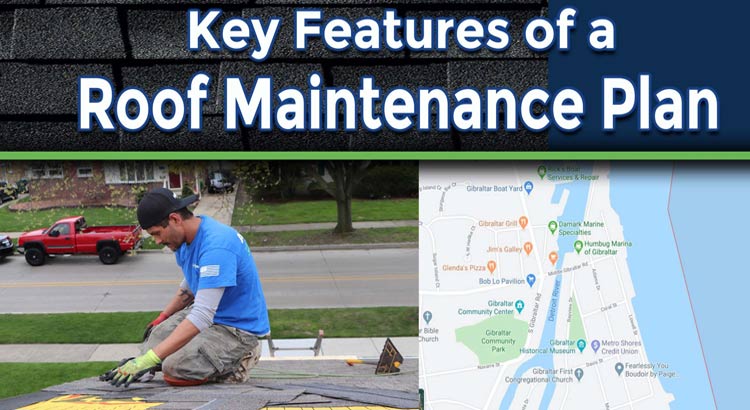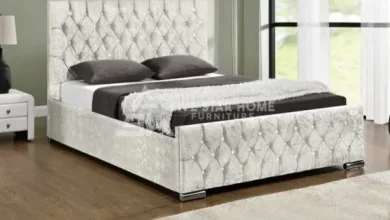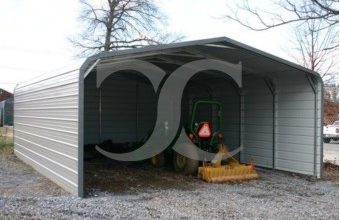Key Features of a Roof Maintenance Plan

Roof maintenance is not only for the benefit of the roof; it adds significant value to the3 whole building. Without much ado, let’s see some of the essential aspects of roof maintenance. These are some of the things you should include in your roof maintenance plan. Cleaning gutters, sweeping of the roof, protrusion, and sheet metal flashings, renewal of caulks and sealants, and inspection of all seams. In the case of modified bitumen roofs, and the aluminum coating is sold every 3 to 5 years.
Knowing the Features of Roof Inspection
Roof inspection features include walking on the roof and perimeters to search for open seams that are caused by inadequate maintenance of debris and dirt finding their way into the seam. Even dirt or debris that may not penetrate the membrane can cause staining. It can also advance to looming damage and premature deterioration.
During an inspection on roofs that have been spoilt by any natural damage or any other disaster, a qualified and quantified note should be taken. Your inspector will help to quantify the conditions that need repair and also qualify the extent of damage done on the roof. This will assist in drafting out the right form of repair when the damage is deeply evaluated.
Roofing Maintenance Agreement Conflict
When maintenance repair goes beyond the terms tagged “covered repair” under the roofing maintenance agreement, as a smart homeowner, ensure to note and keep them appropriately documented. For instance, it could be “Repair HVAC ducting, install condensate line and position to drain, etc.” Also, roofing contractors should develop a simple plan of work and estimate to help homeowners easily understand the condition of the roof and the looming danger, and untimely deterioration of membrane or leaks.
Unexpected Leaks from Rooftop Equipment
Another thing to consider during a roof maintenance plan is the issue of potential leaks caused by rooftop equipment. These leaks may be caused due to a lack of proper maintenance or natural disasters. When it comes to rooftops equipment issues, your roofing contractor as a professional must have seen it all. However, there is a quick breakdown of the roof’s potential parts where problems can be detected on rooftop equipment:
1. On badly constructed filter access coverings for HVAC ductwork.
2. On inadequately-sealed joints, holes, and seams on HVAC ducts.
3. On crooked, missing, or loose filter access panels on HVAC units.
4. On loose edges and holes on HVAC fresh-air intake hoods.
5. On holes and badly fixed “weather-stripping” in HVAC air intake panels.
6. Through wind-blown rain into skylight louvers.
Conclusion
Every roof deserves proper maintenance, and for the maintenance to be concrete and effective, there is a need for a professional maintenance plan. Your roofing contractor can help you through developing the right maintenance plan for your roof. If there is any need for extra expenses aside from the maintenance plan, your contractor will make it known to you. Remember maintaining your roof is an added value to the whole structure and will distinguish your roof from others in the neighborhood.



